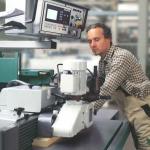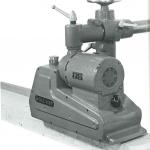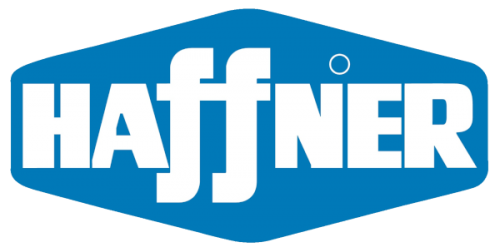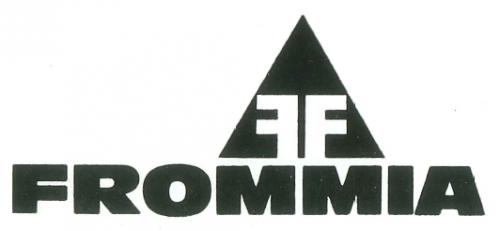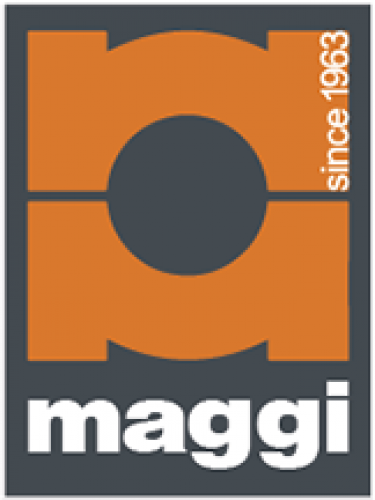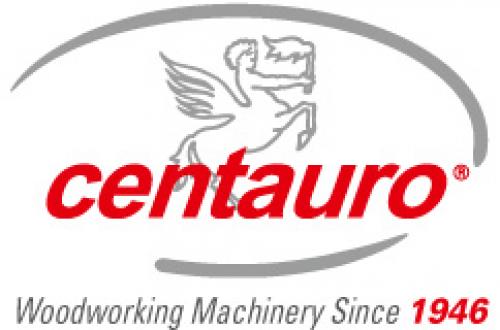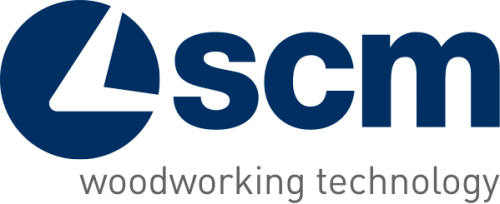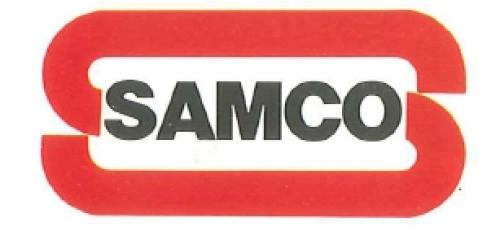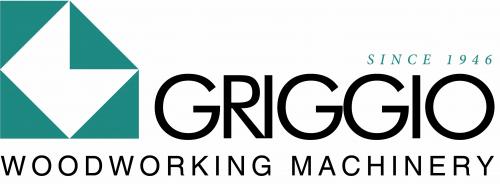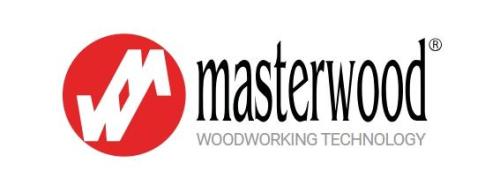Power feederSupport device on standard joinery machines to be able to feed workpieces with constant speed and large quantity to the respective processing tool. The following machines can be upgraded with feeding devices:
ConstructionThe basic corpus is formed by a gear box, onto which a motor is perpendicularly mounted. The top-acting rotation of the motor is transferred into a horizontally acting movement by the gears. This horizontally acting force is transferred to the drive shafts of the feed rollers via a chain on the other side of the box. Depending on the purpose, rubberized steel or aluminum rollers, corrugated steel rollers or belt discs, which drive a caterpillar band, are used as feed rollers. The number of feed rollers varies between 3, 4 or 6, depending on the model. Depending on the equipment, the feed rate can be changed by exchangeable gearwheels in the chain area or a gear shift lever. Feeding devices are installed on the machine table using a tripod and can be tilted away when they are not used. They can be positioned in height and projection using manual wheels or servomotors. Advantages of feeding devices
Special equipment features
HistoryThe feeding unit has been invented in 1951 by the company HOLZ-HER Reich Spezialmaschinen. Further information: feed in resaws |
CNC machining centres, robots895
Edgebanding, edge processing632
Saws, cutting machines437
Planers, 4-sided moulders188
Routers, shapers, tenoners, profilers181
Drilling, mortising machines135
Presses, clamps, joining machines201
Sanding machines323
Mechanisation, storage, packing technology202
Surface coating152
Production lines127
Heating, drying, waste chopping62
Dust extraction, compressed air, vacuum135
Assembly, worktables15
Lathes29
Tools, sharpening technology91
Equipment, Other machines132


